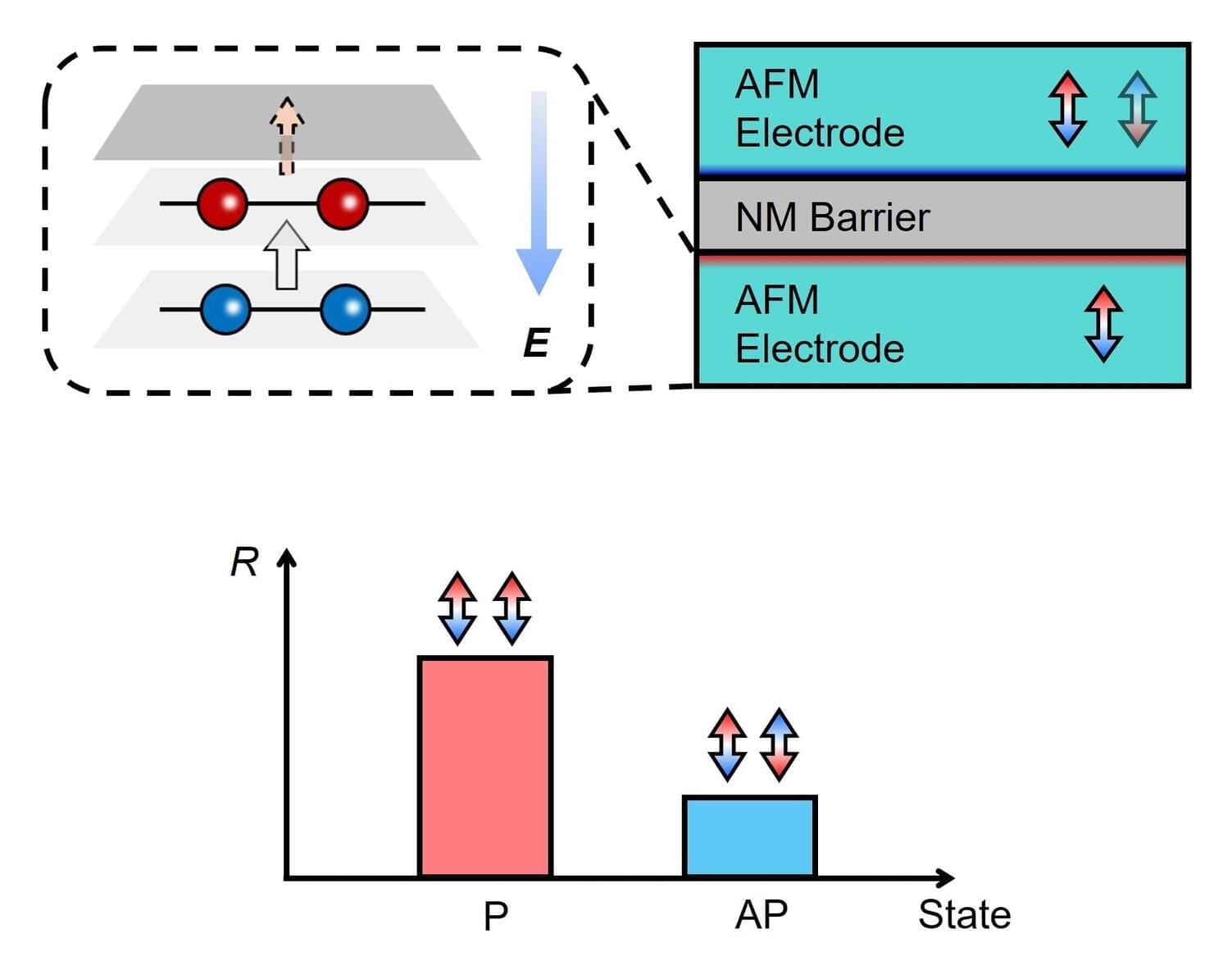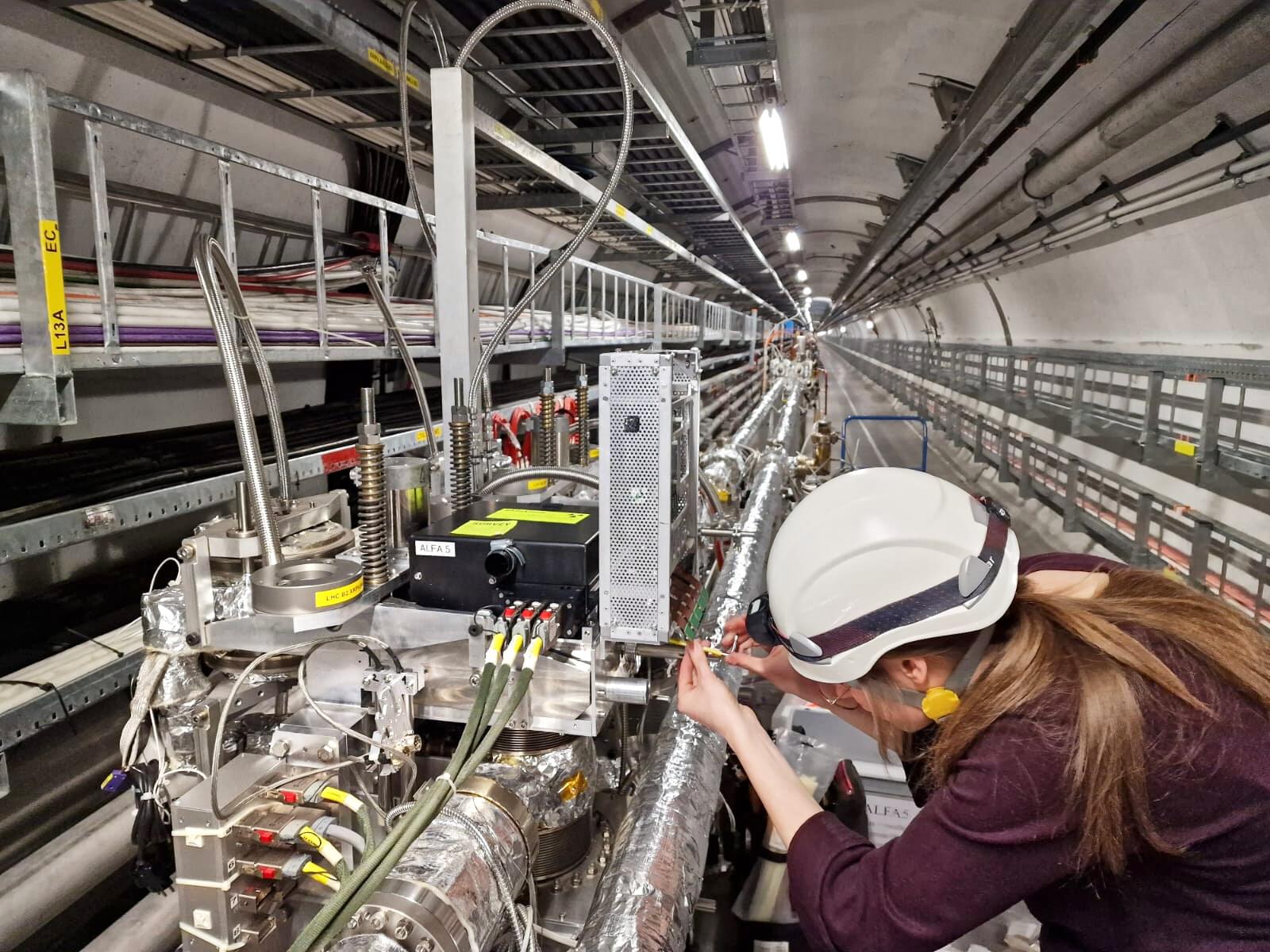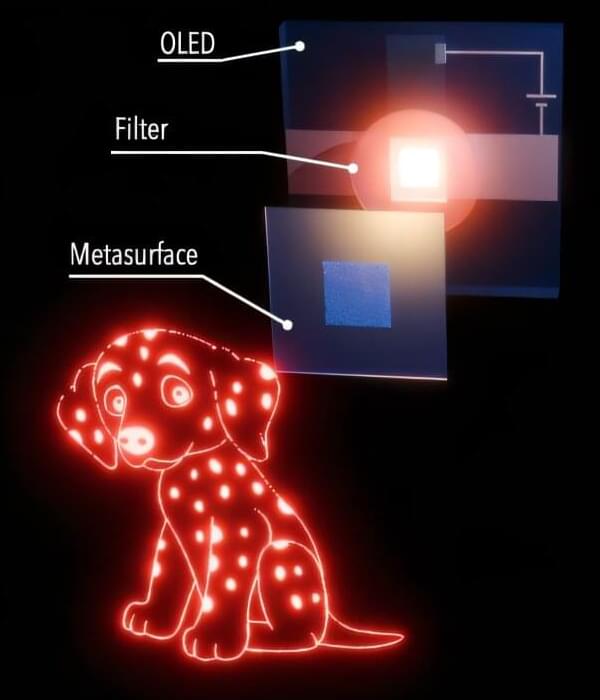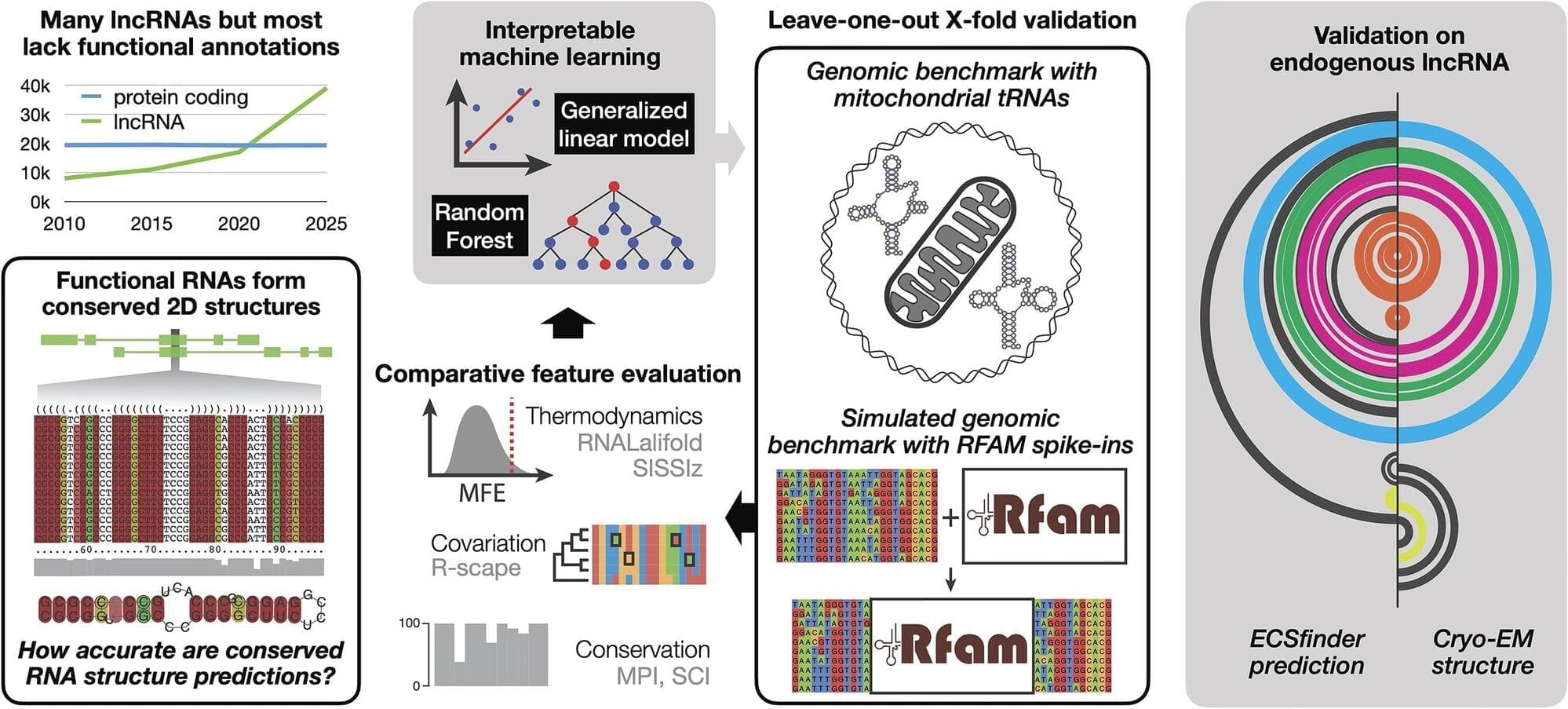One of the defining features of humans is our brain’s remarkable capacity for language, planning, memory, creativity, and more. These abilities stem not just from our large brain size, but also from the folded structure of the brain’s outer layer, the cerebral cortex.
A new study, published in the journal Nature Communications, offers insight into how these wrinkles form, pointing to a range of contributing factors—including the number of early-stage brain cells, how they migrate during development, and the specific types of cells involved.
These findings may help guide future research into brain development, evolution, and health.









